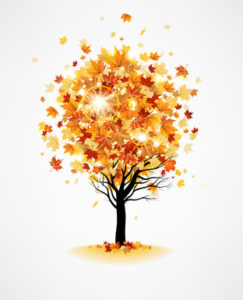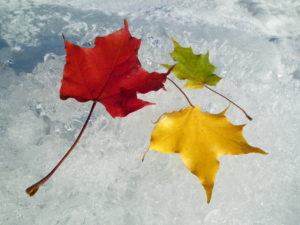Finding Drought Resistant Trees
Finding drought resistant trees is vitally important particularly if you live in an area that may have restrictions on the use of garden water during the hot summer months. Many regions of the world are parched of natural water, you know better than anyone that one of the things that decides whether a tree survives or not is your ability to supply it with sufficient water, trees do get thirsty in the hot summers. Unfortunately, many people don’t take this in to account when buying a tree. They will just go for the nicest looking tree, and then wish they could give it more water. If you do a little planning before you rush out and buy a tree, you should be able to find trees that can survive on lower amounts of water.
Usually the most adaptable plants are the ones that are indigenous anyways. If you live in a zone that is suffering a water crisis, usually the only plants that survive are the ones that have been there all along. This is because they are used to the conditions and know how to survive. Just take a drive through the undeveloped regions of your city, and look at what trees are green. Find out their names, and buy them. They might not be the most attractive trees, but you rarely have to make any modifications to your soil to get them to grow.
One of the trees that will grow almost anywhere without using much water is the “Scotch Pine”. Not only does it grow at a very fast rate of 20 or more inches per year, it is hardy and drought tolerant. It usually grows between 25 and 35 feet, and it extremely easy to get started. Most nurseries sell these trees, especially in areas with lower amounts of water. There are many varieties available. Many fade to a yellowish brown color during the colder months, and this is usually what causes some people to dislike them and others to love them. However, there are varieties available that do not do this.
The Rocky Mountain Juniper is an extremely hardy and easy to grow tree. Its bark also turns a browner color during the winter, and rejuvenates in late spring. They are frequently used as windbreaks because of how tough they are. These trees are also great if you are trying to attract different varieties of birds to your yard. They provide great branches to nest in. Unfortunately the Rocky Mountain Juniper doesn’t grow as fast as other hardy plants like it. The rate is less than 10 inches per year.
Another one of the most popular drought resistant trees is the Russian Olive. This tree is impressive and will definitely turn some heads once it is fully grown. It is more decorative than the trees mentioned above, and will reach 20 or 25 feet once it is fully grown. They are able to grow in almost any soil, and attract birds with the berries they produce.
As you can see, there are many options for you if your water is limited. There are many others that I have not mentioned, and depending on your area you may be able to find a preferable variety. Do a Google search for hardy plants that will survive in your area, and you should be presented with a large list. If you can’t find that list, just go outside and see what is currently flourishing. That is the best indication of what you should buy.
Thank you for visiting How to plant trees web site and reading up on this Finding Drought Resistant Trees article. i hope this was informative, useful and helpful to your tree planting endevours. Please do share tree planting info with friends, thanks.


